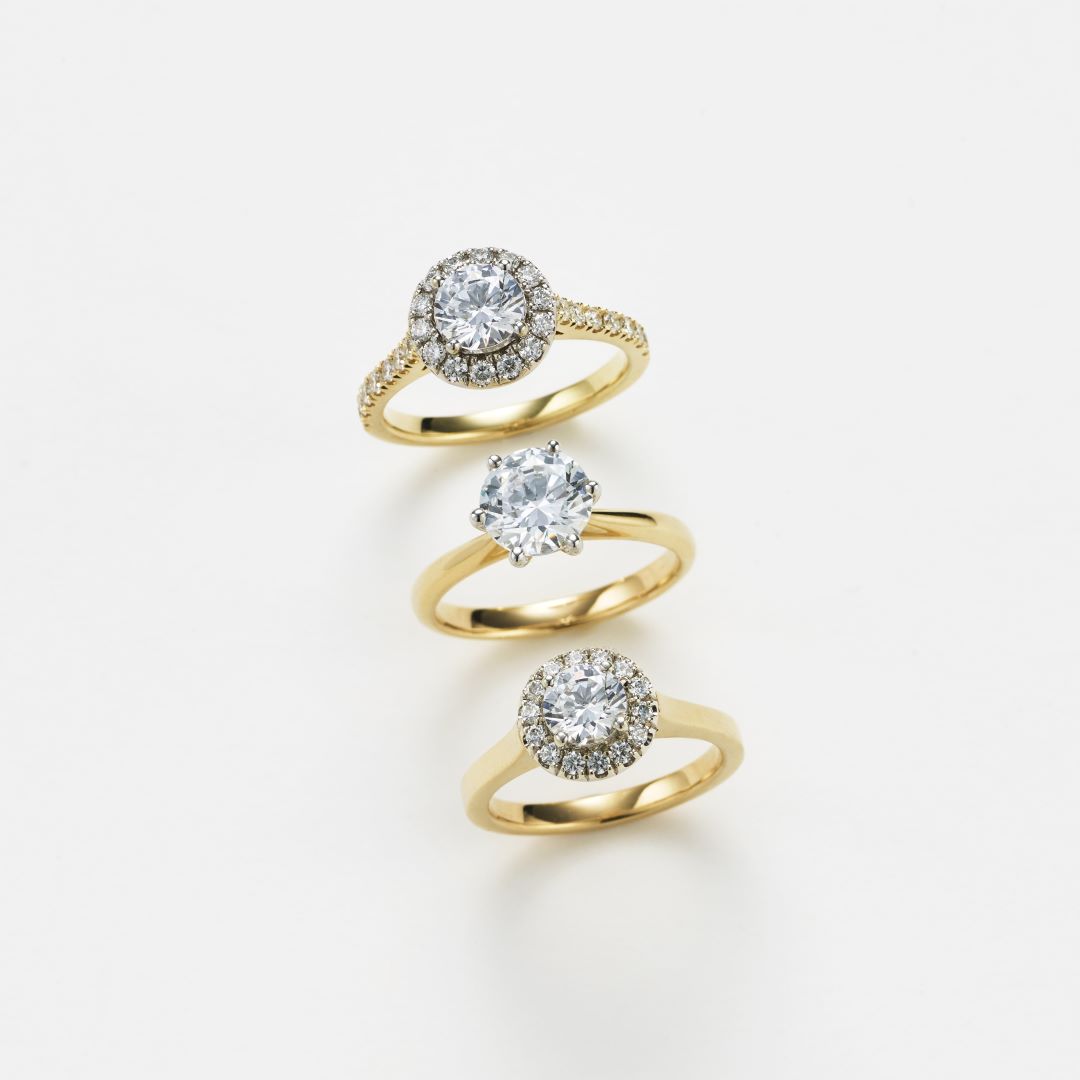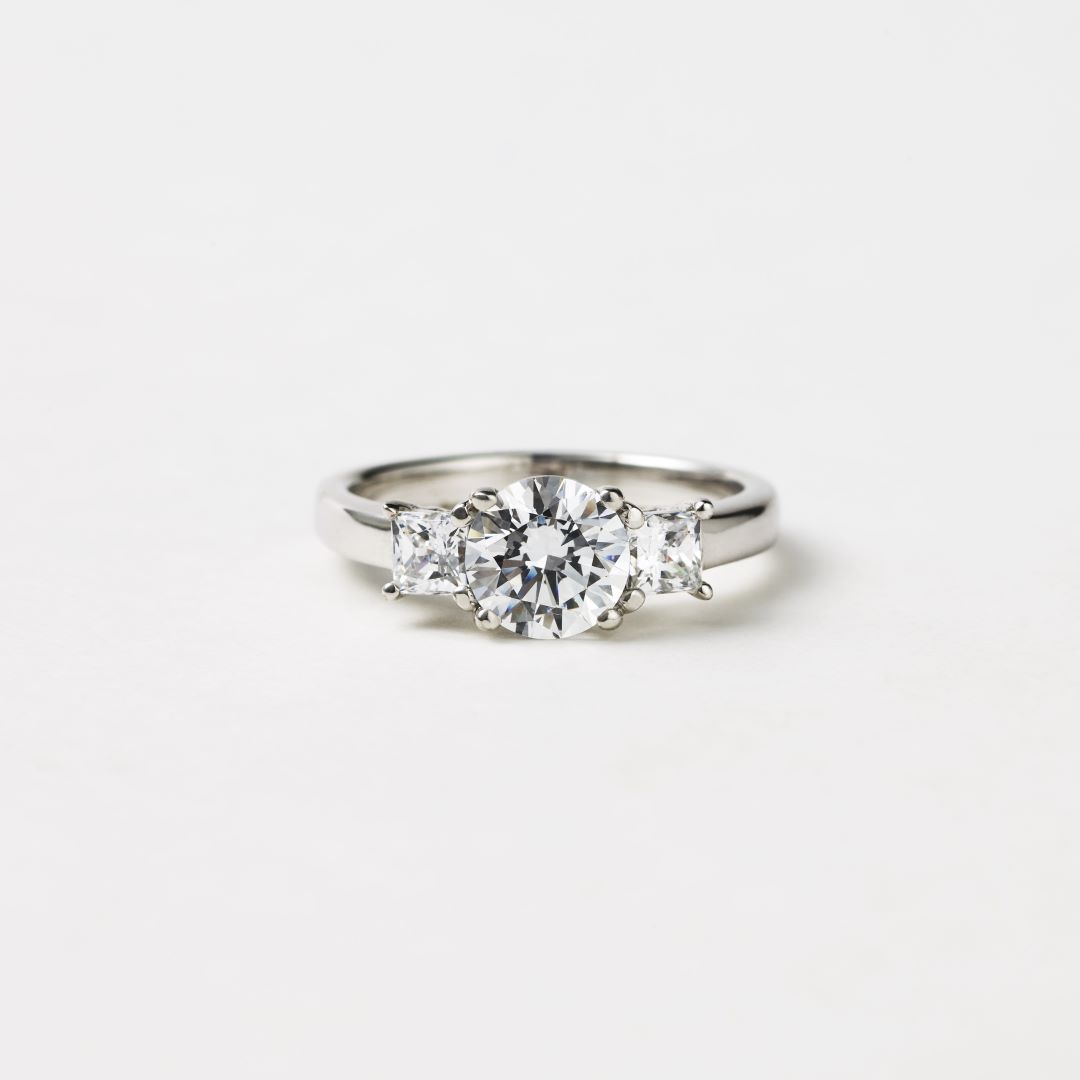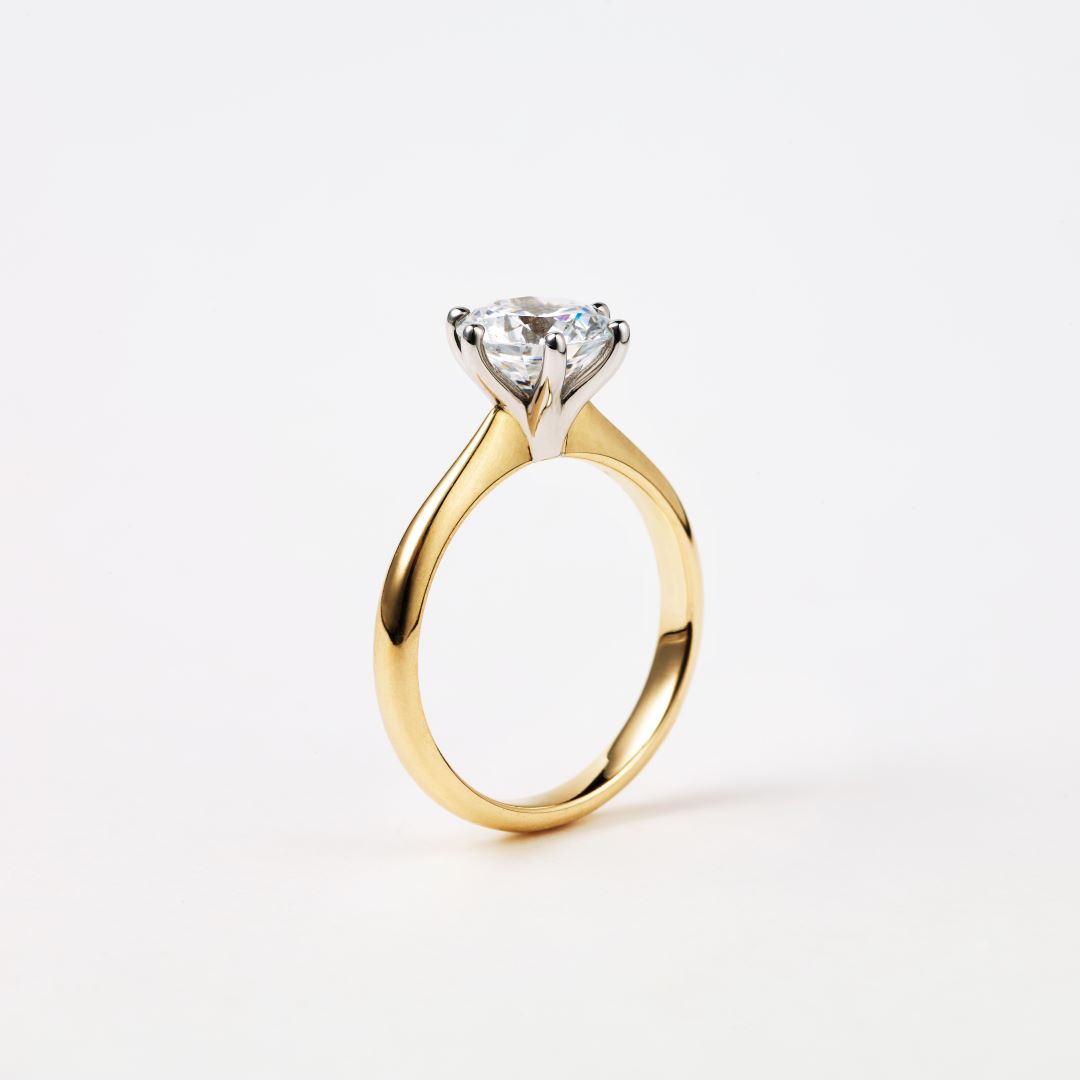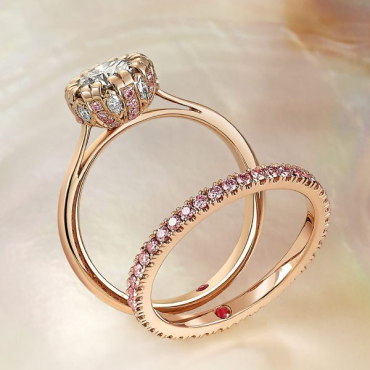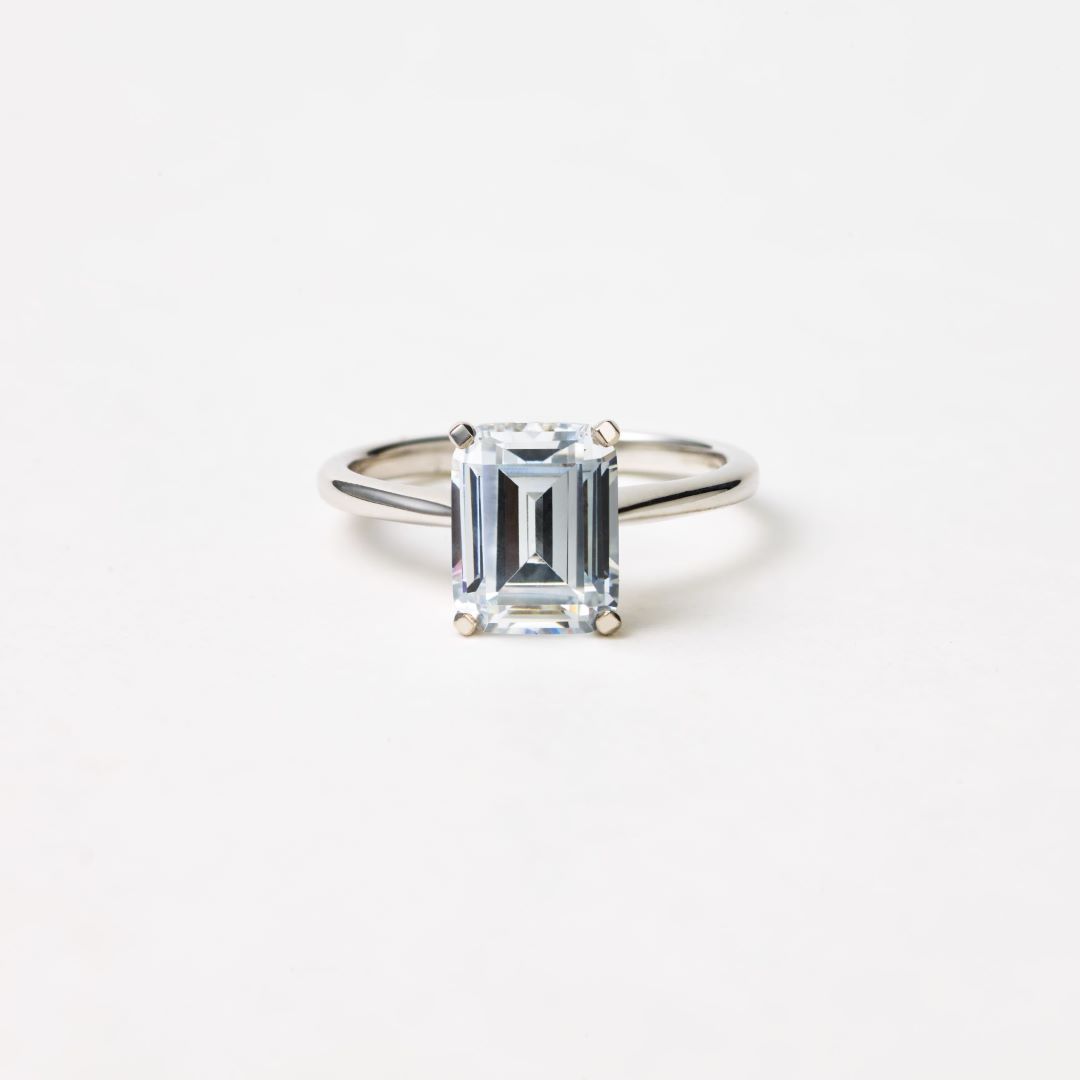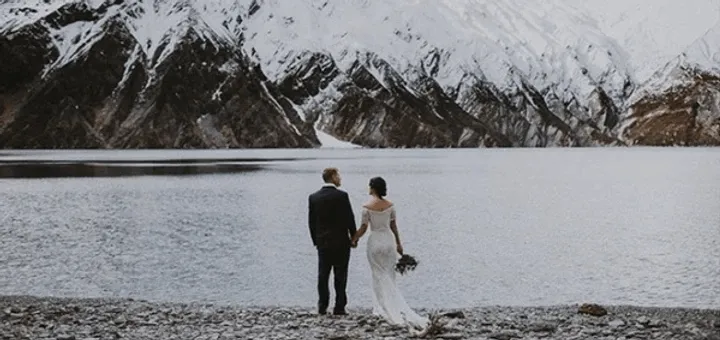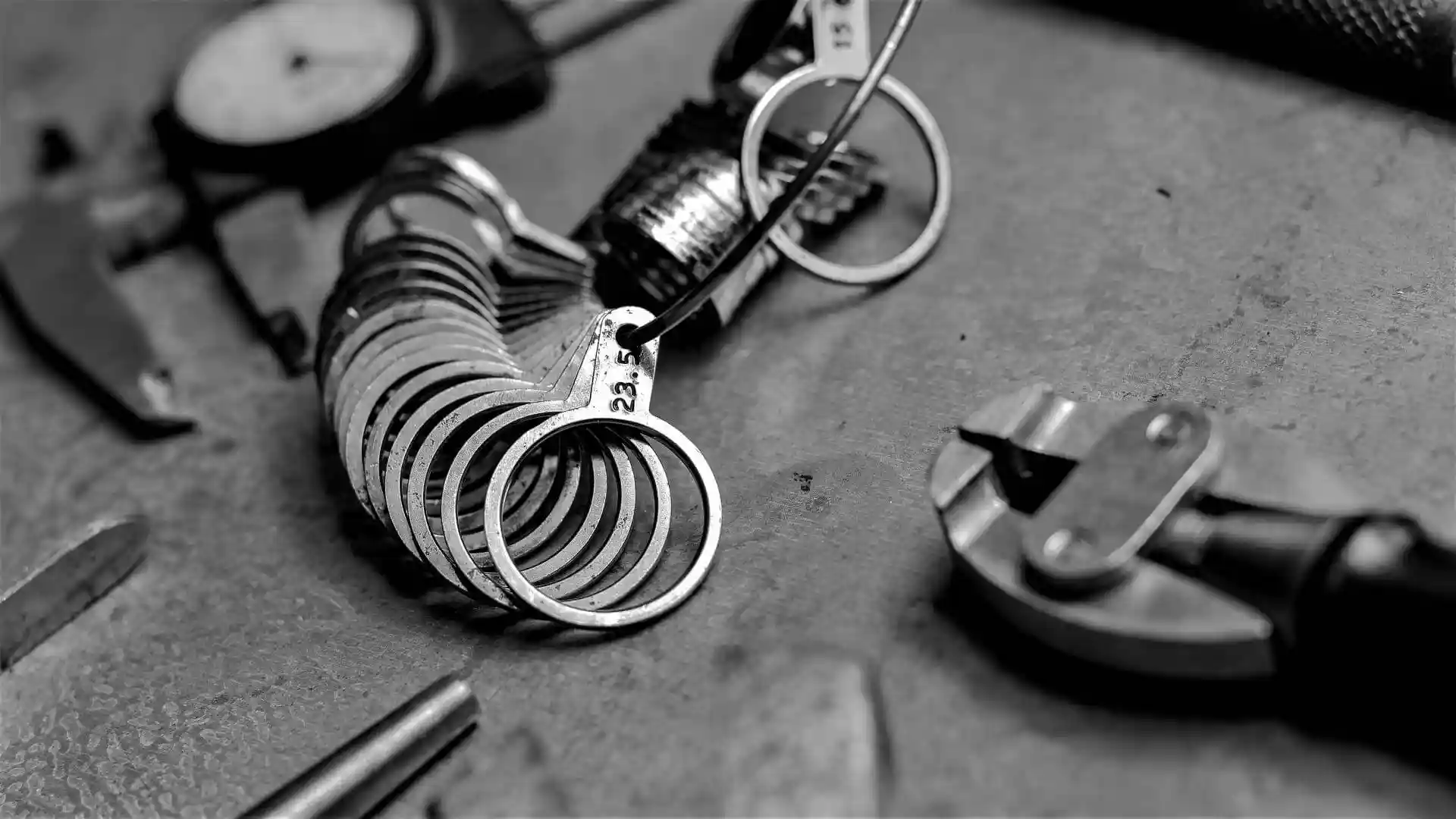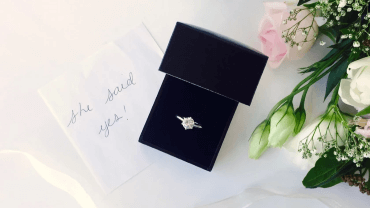The History of Diamonds in Engagement Rings
If you’re planning a romantic marriage proposal or intending to shop for an engagement ring with your fiancé, you might be wondering where the diamond engagement ring tradition came from. Well, it’s a fascinating story that mixes ancient history with a relatively modern idea that took the world by storm.
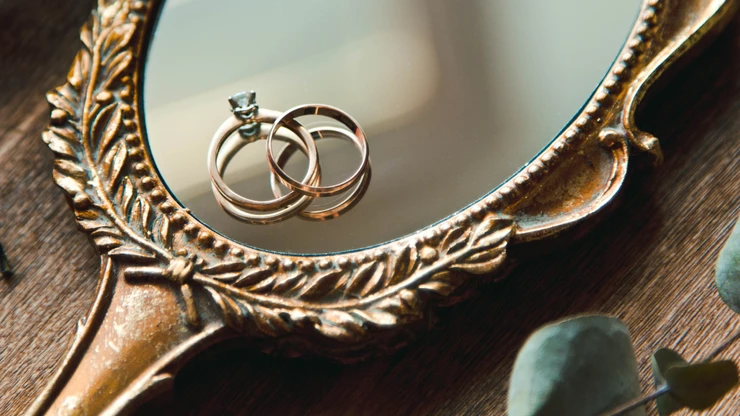
Here’s what we know:
Where did the idea of engagement rings come from?
Engagement rings originate from ancient Egypt and Greece, but later became formalised in Roman law. It’s widely believed that Ancient Roman women began wearing engagement rings with little keys on them. They were worn as a symbol of ownership and a mutual commitment to love and obedience. Marriage was very much part of the Roman legal system, so the ring also represented a contract between the couple and their families. These early engagement rings were probably made of bone, ivory, flint, iron or bronze.
When did gold start to be used for engagement rings?
Gold became the preferred material for Roman engagement rings around 200 BC. Gold ‘betrothal’ rings were also found in the ruins of Pompeii, a large and sophisticated Italian city that was buried in ash when Mount Vesuvius erupted in 79 AD. Around this time, women typically had two engagement rings; they wore an iron engagement ring at home and swapped it for a gold one when heading out and about.
Around the year 860, Pope Nicholas I proclaimed that an engagement ring symbolised a man’s intention to marry. He also said the ring the man gave to his fiancé should represent a financial commitment. This explains why gold became the preferred ring material.
What started the tradition of giving a diamond engagement ring?
No-one knows for certain who first decided to use an engagement ring with a diamond, but the honour is widely attributed to Archduke Maximillian of Austria. In 1477, he proposed to Mary of Burgundy and presented her with a ring set with long narrow diamonds mounted in the shape of the letter M. While this probably marked the start of diamond engagement rings, hundreds of years would pass before it really took off as a trend.
Gimmel rings were the fashion in the 1500s
Gimmel or fede rings have two or three hoops that neatly fit together like the pieces of a puzzle, so they can be worn as a single ring. Originally given as friendship rings, they became popular engagement rings in the 1500s. The hoops were often worn separately by the engaged couple and recombined as one ring for the bride at the wedding ceremony. Centuries would pass before married men wore wedding rings.
Poetic inscriptions became popular in the 1600s
Posey (or posie) rings carry religious, friendship or romantic inscriptions. Initially written around the outside of the band, in later years the inscriptions moved to the inside. About this time they also found favour as engagement rings, typically made of silver. Sometimes the silver ring would be exchanged for a gold version during the wedding ceremony.
During the same century, the Puritans in England were intent on removing perceived Roman Catholic influences from the Church of England. This included the use of wedding rings in marriage ceremonies. Fortunately, the tradition lived on.
Diamond are discovered in South Africa
In the late 1800s, vast sources of diamonds were discovered in South Africa. The DeBeers diamond business was born and diamonds became more frequently used in jewellery. There’s a good chance the diamond engagement ring you buy from us will feature a stone from the Kimberley region in South Africa.
When did diamond engagement rings start to become popular?
In the 1940s, men began wearing rings to remember their loved ones during wartime. This led to the beginning of wedding rings for men and double-ring wedding ceremonies. By now, engagement rings had also become one of the main things sold by jewellery stores.
In 1947, De Beers created an advertising campaign with the now-famous line ‘A diamond is forever’. At the same time, Hollywood stars were seen wearing diamond engagement rings in movies and in everyday life. Before long, diamond engagement rings became a much-loved tradition that continues to this day.
Why are engagement rings worn on the left hand?
In most cultures, engagement and wedding rings are worn on the fourth finger of the left hand. It’s a custom that goes back to the beginning of this story. The Romans believed this finger had a vein that linked directly to the heart. They called it the vena amoris or ‘vein of love’.
What does a diamond engagement ring symbolise?
Whether it’s modern, traditional, subtle or proudly ornate, it’s what a ring symbolises that gives it true meaning.
An engagement ring with a diamond represents the lasting commitment between two people who love each other and have chosen to spend their lives together. As De Beers so beautifully put it, ‘a diamond is forever’, which makes it the perfect gift for a marriage proposal.
The ring itself represents an unbroken circle with no beginning or end. And the sparkle of a diamond represents the joy and light that a loving relationship brings to life.
Want to know more about diamonds?
If you want to increase your knowledge of diamonds, check out The Diamond Buying Guide - The 4Cs of Diamonds.
Then, to take it one step further, let one of our client managers introduce you to the exciting process of choosing the perfect diamond cut for your engagement ring.
You can book an appointment with us to get started.
EXPLORE ENGAGEMENT RINGS
At DOR we've made buying an engagement ring stress-free. Simply choose from our Collection, start with a proposal ring or customise one of our classic designs.
ENGAGEMENT RING COLLECTION
We've made it easy! Browse our designs, then tailor to your price point.
VIEW COLLECTIONMINED OR LAB GROWN DIAMONDS
The choice is yours! At DOR we offer both lab-grown and mined diamonds.
LEARN MORECUSTOM RINGS
Feeling creative? Tailor any ring in our Collection to suit your individual style
LEARN MORE